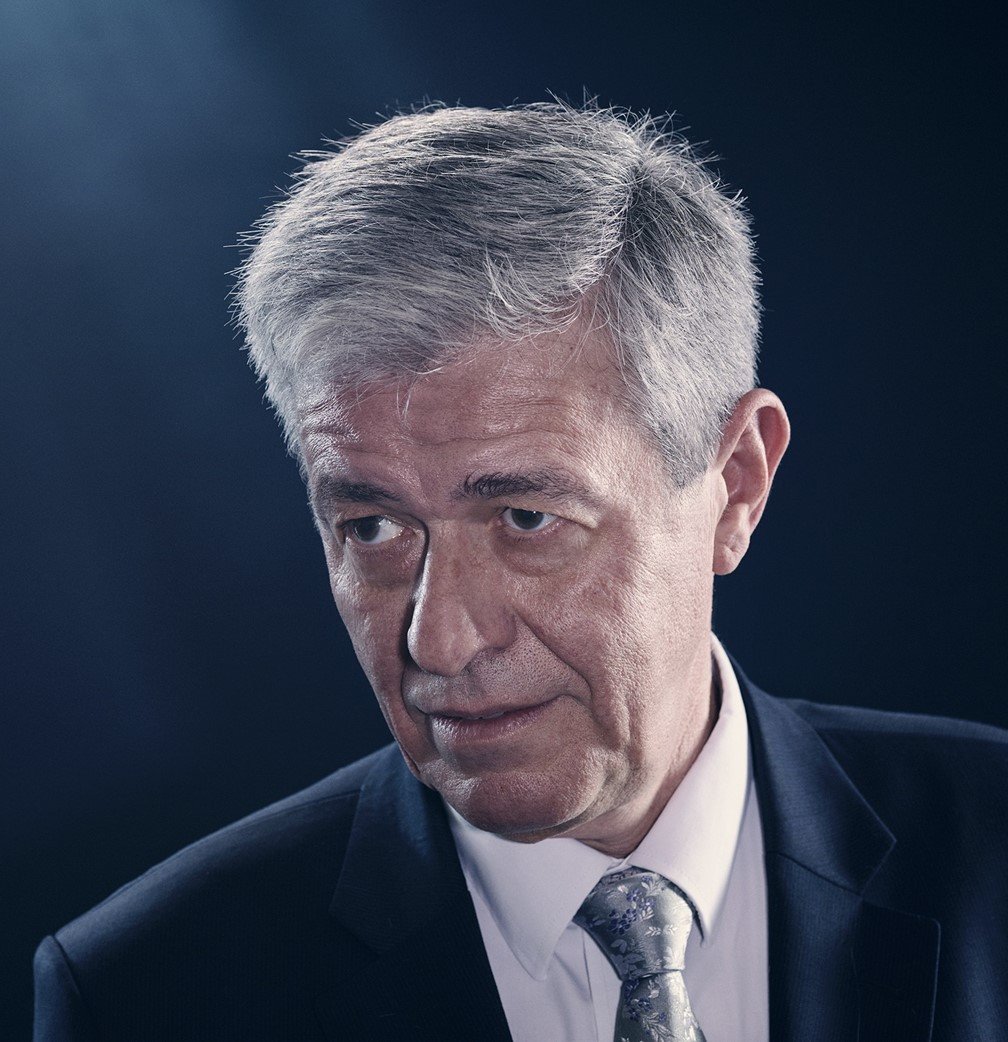From Functional Imaging to Free Energy—Dedicated to Professor Karl Friston on the Occasion of His 65th Birthday
A special issue of Entropy (ISSN 1099-4300). This special issue belongs to the section "Entropy and Biology".
Deadline for manuscript submissions: 16 May 2024 | Viewed by 10725
Special Issue Editors
Interests: active inference; Bayesian mechanics; theoretical neurobiology; computational neurology
Special Issues, Collections and Topics in MDPI journals
Interests: cognitive science; cognitive robotics; probabilistic models of brain and cognition
Interests: computational neuroscience; Bayesian inference (variational principles)
Interests: active inference; philosophy of psychiatry; cognitive science; ecological cognition; hermeneutics
Special Issues, Collections and Topics in MDPI journals
Interests: computational, evolutionary, and cultural psychiatry; evolutionary computation; human social cognition
Special Issue Information
Dear Colleagues,

Karl Friston’s contributions to the brain sciences are difficult to overstate. From the development of statistical parametric mapping—a ubiquitous technique employed in the analysis of functional neuroimaging data—to the free energy principle and active inference, his ideas have changed the way in which many of us engage with neuroscience, psychology, biology, and the philosophy of the mind. As if his unparalleled influence in understanding how the brain works were not enough, Friston’s work dissolved interdisciplinary boundaries (or perhaps blankets) and has informed fields as diverse as statistics, epidemiology, morphogenesis, climate science, the physics of sentience, evolution, and artificial intelligence.
This Special Issue—on the occasion of Karl Friston's 65th birthday—aims to celebrate his body of work and the many directions of research—and the many researchers—young or more experienced—who it continues to inspire. We welcome submissions that illustrate how collective generative models have been optimised through the application of dynamic causal modelling (to neural circuits, pandemics, or climates) through the study of predictive coding and active inference in the brain, as well as through structure learning by curious machines.
Dr. Thomas Parr
Dr. Giovanni Pezzulo
Prof. Dr. Rosalyn Moran
Dr. Maxwell Ramstead
Dr. Axel Constant
Dr. Anjali Bhat
Guest Editors
Manuscript Submission Information
Manuscripts should be submitted online at www.mdpi.com by registering and logging in to this website. Once you are registered, click here to go to the submission form. Manuscripts can be submitted until the deadline. All submissions that pass pre-check are peer-reviewed. Accepted papers will be published continuously in the journal (as soon as accepted) and will be listed together on the special issue website. Research articles, review articles as well as short communications are invited. For planned papers, a title and short abstract (about 100 words) can be sent to the Editorial Office for announcement on this website.
Submitted manuscripts should not have been published previously, nor be under consideration for publication elsewhere (except conference proceedings papers). All manuscripts are thoroughly refereed through a single-blind peer-review process. A guide for authors and other relevant information for submission of manuscripts is available on the Instructions for Authors page. Entropy is an international peer-reviewed open access monthly journal published by MDPI.
Please visit the Instructions for Authors page before submitting a manuscript. The Article Processing Charge (APC) for publication in this open access journal is 2600 CHF (Swiss Francs). Submitted papers should be well formatted and use good English. Authors may use MDPI's English editing service prior to publication or during author revisions.
Keywords
- active inference
- free-energy principle
- Bayesian
- variational inference
- functional imaging
- predictive coding








